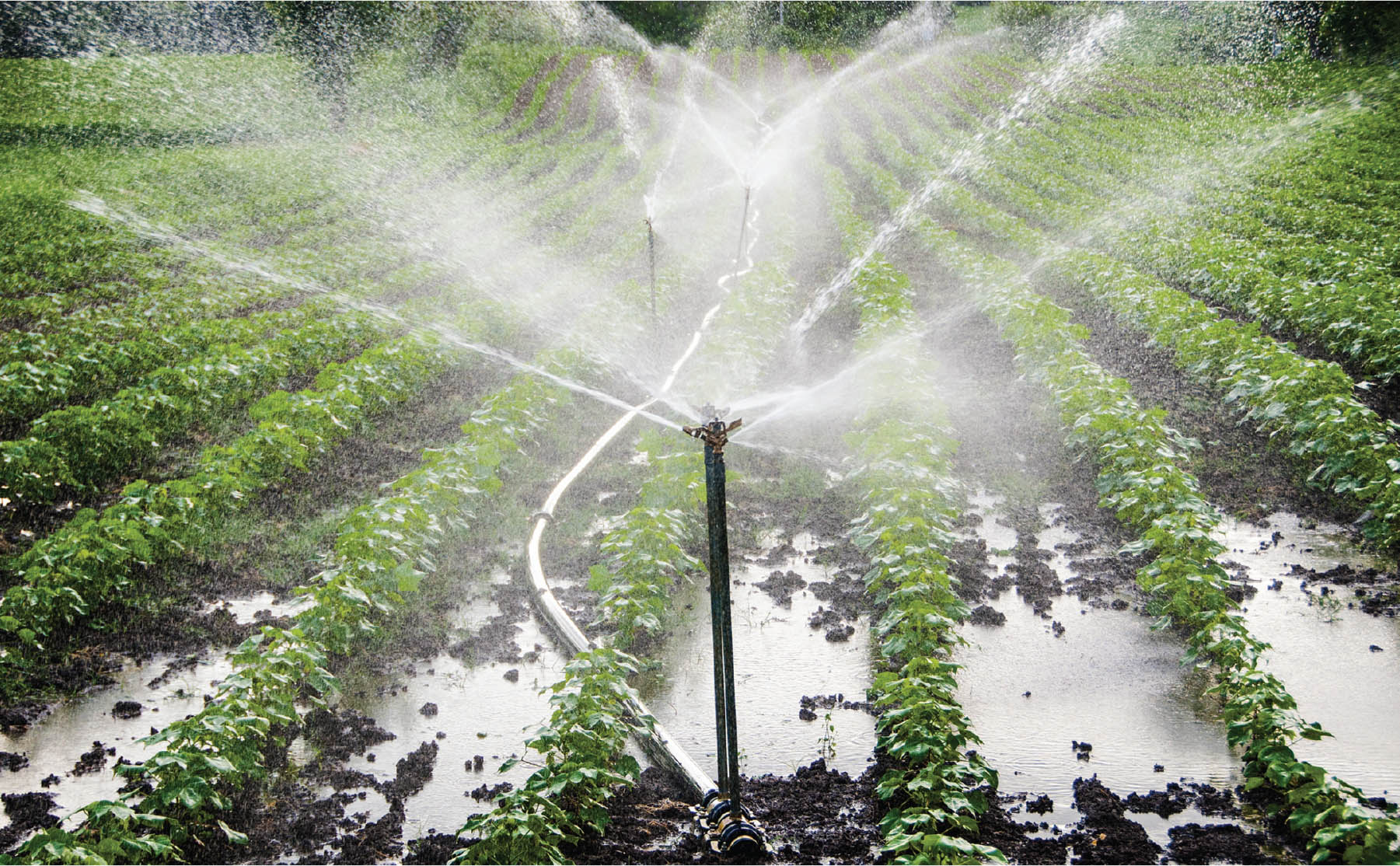PMKSY: In a significant move aimed at tackling the worsening groundwater crisis and optimizing water usage in agriculture, India’s Jal Shakti ministry has unveiled plans to revamp the flagship Pradhan Mantri Krishi Sinchayi Yojana (PMKSY). The ambitious goal is to achieve a 20% increase in on-farm water-use efficiency, thus unlocking nearly 50 BCM (billion cubic meters) of water resources. The transformative initiative seeks to leverage advanced technologies and promote micro-irrigation across 70 million hectares of land, a vital step towards sustainable water management.

Speaking on the condition of anonymity, an official revealed that the recasting of PMKSY into a demand-driven smart irrigation infrastructure program is under serious consideration by the Jal Shakti ministry. This shift from a supply-driven approach aims to address the inefficiencies prevalent in the current irrigation system and ensure optimal utilization of water resources.
India’s Jal Shakti Ministry Embarks on Transformation of Pradhan Mantri Krishi Sinchayi Yojana, Envisioning a Smart Irrigation Revolution
Presently, India heavily relies on groundwater-based irrigation, which has proven to be unsustainable. The envisioned micro-irrigation expansion, covering 70 million hectares, would require a staggering 520 BCM of water, while the available utilisable groundwater stands at a mere 240 BCM. With over 80% of the country’s water resources dedicated to agriculture, there is an urgent need to improve efficiency and conserve water, especially given the alarming depletion of aquifers in nearly two-thirds of India’s districts.
Comparative data from the World Bank highlights the pressing nature of this challenge. India’s farm-use efficiency currently stands at 0.30, significantly lower than China’s 0.53. This discrepancy implies that Indian farmers consume substantially more water to achieve the same level of food production as their Chinese counterparts.
To address these concerns comprehensively, the Jal Shakti ministry is proposing a significant overhaul of the PMKSY. The revised program aims to achieve a conservative 20% increase in on-farm water-use efficiency on top of the existing 35%. This would result in the release of nearly 50 BCM of water, providing a substantial boost to water conservation efforts.
Government to Radically Transform Flagship PMKSY Program, Empowering it as Cutting-Edge Smart Irrigation Scheme
Considering that the current storage capacity of the 146 nationally monitored reservoirs crucial for food production, drinking water, and power generation amounts to 50 BCM, the proposed increase in water-use efficiency could have a significant impact.
The revamped PMKSY seeks to transition entirely to surface-water usage and establish last-mile irrigation connectivity managed by registered farmer organizations. Embracing state-of-the-art technologies like the Internet of Things (IoT), the program will facilitate a demand-driven approach, where water users will have to indicate their specific water requirements.

Initially launched in 2015-16, the PMKSY encompasses two major components, namely the accelerated irrigation benefit program and Har Khet Ko Pani (HKKP). However, despite an estimated expenditure of ₹40,000 crore over four decades to develop India’s irrigation infrastructure, the sector continues to face numerous challenges. Issues such as inadequate last-mile connectivity, excessive groundwater extraction, and poor efficiency resulting in water overuse and wastage persist. Moreover, approximately half of India‘s net-sown area still depends on the monsoon season for water, and the increasingly erratic rainfall patterns associated with climate change exacerbate this vulnerability.
Addressing these issues head-on, the recast PMKSY holds promise for a more sustainable and technologically advanced irrigation infrastructure. By empowering registered farmer organizations and integrating IoT-based solutions, the program aims to maximize water-use efficiency and usher in a new era of smart irrigation practices.

Rupak Sharma, representing the India Watershed Foundation, highlighted the need to bridge the gap in last-mileconnectivity to fully harness India’s irrigation potential. Although significant progress has been made, there remains a disparity between the irrigation potential created and the actual area receiving adequate irrigation coverage.
To mitigate the impact of water stress, over 9,000 gram panchayats (village councils) across seven states, including Uttar Pradesh, Haryana, Rajasthan, Gujarat, Maharashtra, Madhya Pradesh, and Karnataka, require urgent attention and intervention, as per the World Bank’s assessment.
The revamping of PMKSY into a smart irrigation infrastructure program signifies a bold step forward in optimizing water usage in agriculture. By embracing innovation, enhancing efficiency, and prioritizing sustainability, India aims to navigate the challenges posed by the prevailing groundwater crisis and achieve long-term water security.

